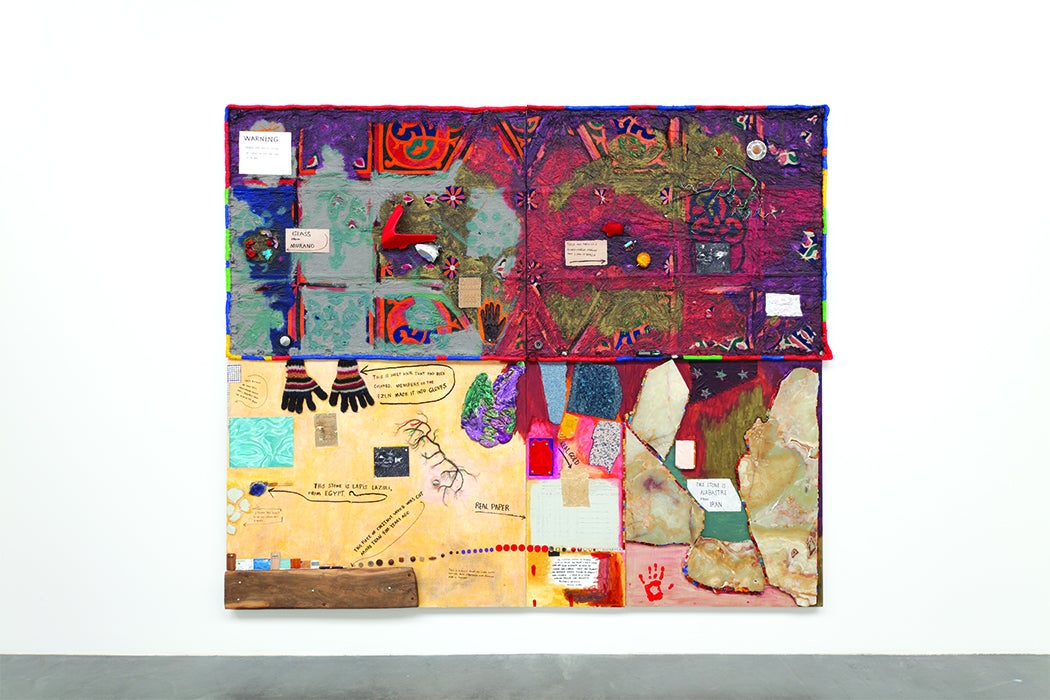Artist and activist Jimmie Durham’s first North American retrospective “Jimmie Durham: At the Center of the World” opens at The Hammer Museum in Los Angeles this month. Durham’s work is known as being experimental, exploratory, and completely unpredictable — whether in poetry, performance, acting, or art.
Manuel Cirauqui interviewed him in 2012, noting that “something happens ‘away from language’” in Durham’s work and research. In Durham’s own words, he defines his art as working in opposition: “against architecture, against narration, against structure.”
Durham’s work spans decades, not just as an artist but as an activist as well. As the Hammer Museum notes, “Durham was a significant figure within efforts during the 1980s and 1990s to broaden the canon of art to recognize the work of women and artists of color, while remaining ever cognizant of the marginalization of artists that endeavors such as multiculturalism and categories like ‘identity politics’ engendered.”
Cirauqui writes that Durham’s sculptural assemblage “made out of animal skulls, recycled PVC pipes decorated with feathers, tortured furniture, and, of course, found stones (to name just a few of their varied components), are iconic fragments of a continuous ritual of disbelief merging with everyday life in search of a skeptical enchantment.”
Before sculpture, however, Durham entered the art world via theater: “I started my art life in theater…Our primary idea was politically organizing the community; educating people about their rights with the idea of liberating ourselves at the same time.” He explains that the repetition of theater drove him away, but that he still does his “performances in order to interrupt myself.”
Much of Durham’s work and performance pieces focus on interruptions and the unexpected. In a 2009 performance piece at Musee d’Art Moderne de la Ville de Paris, for instance, he threw cobblestones at a glass showcase. But instead of the glass shattering upon impact, as one would expect, it took Durham and his stones a long time to break the fragile glass. Durham’s glee at this unexpected failure was part of the piece.
As Durham explains, “I like interruptions, of any kind, especially from my own life, because we have such a tendency—something stronger than a tendency, actually—to do the same things all the time…I want things to be different all the time.”
The Hammer’s current retrospective is a big deal, given our current political time and space. For a myriad of reasons the museum cites as “personal, political, and practical,” Durham has not exhibited in the United States in the past twenty years, ever since his move to Europe. Despite this lapse, the museum argues that “his work is meaningfully, and indeed crucially, connected to important activities, movements, and genres of American artistic production—sculptural assemblage using found objects, appropriation of existing text and image, institutional critique, the politics of representation, performance—and, moreover, to the colonial history and political struggles of the country.”
During a time when history lessons are needed more than ever, Durham’s return to the U.S. is a welcome interruption.







